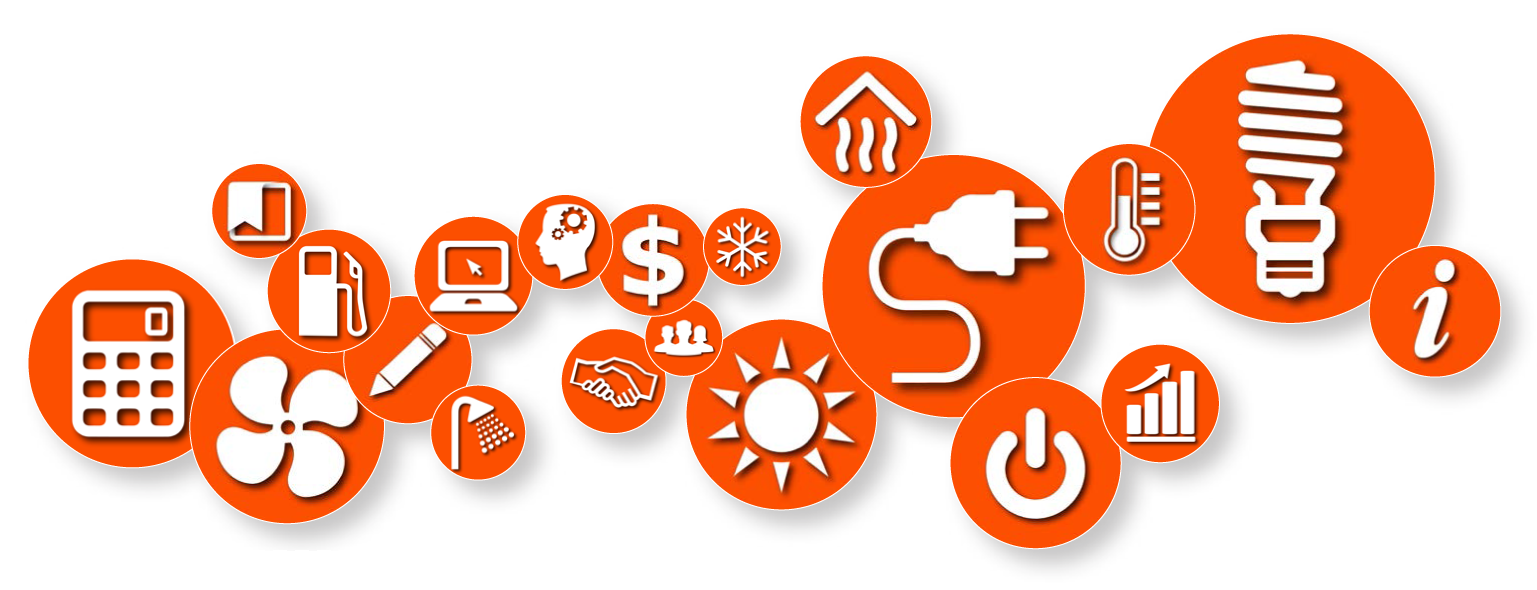1) Get to know the 20 steps

Familiarise yourself with the 20 steps on the following pages. Each step contains a brief summary of the actions that you can take to reduce your energy use.
Reading it will give you a basic overview of the structure of this book and how you can use it to cut your energy bills.
| Step | Title | How this step helps with your energy reduction plan |
1 |
Add up your energy costs | Implementing this step will give you your total energy usage and costs for the last year. These will become the baseline figures for your plan. |
2 |
Measure your energy use | The monitoring devices in this step will identify the appliances and equipment that use the most energy in your business. Putting this data in your plan will enable you to make better decisions when it comes to buying new equipment and reducing energy use. |
3 |
Write an energy reduction plan | Writing an energy reduction plan will enable you to identify and prioritise the specific actions you need to take to reduce your energy use. It also enables you to track your progress. |
4 |
Get your staff on board | This shows you how important it is to educate, empower and involve your staff in effectively reducing energy consumption. |
5 |
Negotiate a better energy deal | This shows you how to go about getting a cheaper deal from an energy retailer. |
6 |
Switch off and save | This is the easiest way to save money. This step gives your plan a list of the many things that can be switched off when they’re not in use. |
7 |
Watch your thermostat | Using thermostats wisely is one of the simplest ways to reduce your heating and cooling bills. This step shows you how. |
8 |
Cut your lighting bills | This step shows you the energy saving alternatives to your current lighting set-up. Prioritising this step and investing in lighting upgrades is an easy and cost-effective way to reduce your bills. |
9 |
Lower your heating, ventilation and air-conditioning costs | This step is a key priority area. It shows you how to reduce the running costs of your existing heating, ventilation and air-conditioning equipment and how to go about replacing it with more cost-effective alternatives. |
10 |
Get comfortable with insulation | Insulation is one of the cheaper investments you can make to reduce your energy bills. A well-insulated business can significantly reduce its heating and cooling costs. This step will take you through the options including, ceiling, wall and window insulation as well as the importance of stopping drafts. |
11 |
Cut your IT energy costs | Using a laptop instead of a desktop and monitor, can reduce your computer energy consumption by up to 80–90%. Changing your energy-saver settings, monitor brightness and printer set-up are just some of the other cost-saving actions that this step identifies for your plan. |
12 |
Reduce equipment energy costs | This is a key part of your plan. Choices around replacing, repairing or reorganising your equipment can lead to significant savings. This step also covers the importance of maintenance, energy star ratings and the efficient use of equipment. |
13 |
Save money on transport | Vehicle choice, maintenance, organising trips to reduce fuel use, tyres and improved driving technique are just some of the ways to lower your transport costs. This step shows you how. |
14 |
Cut your refrigeration costs | Most refrigeration equipment has to run 24 hours a day. This important step shows you how equipment choice, placement, maintenance, insulation and the use of natural refrigerants can significantly reduce your refrigeration costs. |
15 |
Reduce hot water costs | The way you generate hot water can have a big impact on your energy bills. Hot water temperature settings, maintenance, insulation, and the wastage of hot water can also affect your running costs. Putting our solutions into your plan will cut those costs. |
16 |
Save money with solar | Investing in solar can reduce the impact of rising energy prices. This step will show you the solar options that can be incorporated into your plan, including solar hot water, solar electricity and solar battery storage. |
17 |
Energy efficiency and your building lease | If your business doesn’t own its own premises, we’ll show you how that shouldn’t stop you from improving the energy efficiency of your building. |
18 |
Financing your upgrades | If you want to maximise your energy efficiency, but can’t afford the upfront capital cost, this step will show you the various funding options and assistance that may be available to your business. |
19 |
Look out for innovation | When it comes to energy efficiency, new products, ideas and innovations are coming out all the time. This step shows you why your plan will benefit from being on the look out for energy efficiency innovation. |
20 |
Further information | There are organisations, government bodies and experts that can help your business to reduce its energy use. This step will provide you with the contacts who can help you with your energy reduction plan. |


